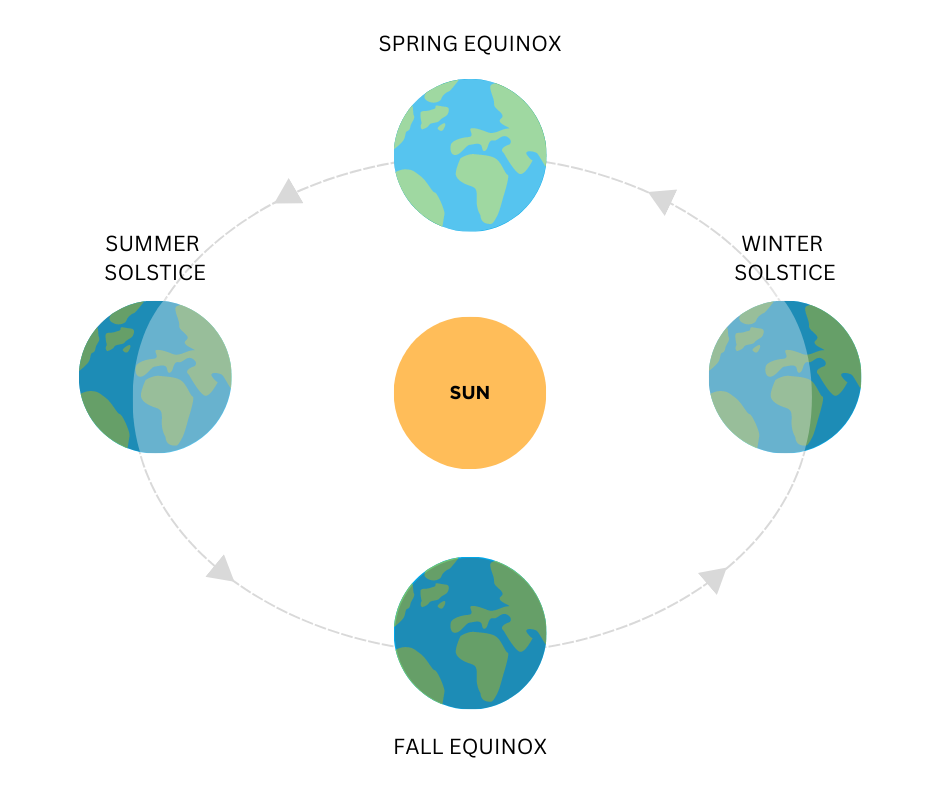Welcome to the second part of #ScienceMillSTEMsday!
What is a shark’s favorite song?
Don’t Stop, Be-reef-ing!
HAPPY SHARK WEEK AT THE SCIENCE MILL!
Sharks! What’s not to love about them? These sea-faring creatures are some of the most unique animals on Earth. While many movies depict sharks as violent predators of the ocean, most sharks are completely harmless to humans! Of the 500+ shark species around the world, only 12 are considered dangerous to humans. Sharks are very important to their ecosystems and help promote biodiversity by being indiscriminate predators.
This list highlights some of the coolest sharks around that we share our waters with.
10) Hammerhead Sharks
Topping off our list at number 10 is the Hammerhead shark. There are only 9 Hammerhead shark species in the world. The T-shape of its head is referred to as a cephalofoil. Scientists are still unsure why this species of shark has this feature, but it does provide superior binocular vision and depth perception than what other sharks have. The cephalofoil is also thought to help with maneuverability, sensory reception, and prey manipulation. Hammerhead sharks are also unique in their hunting patterns. During the day, they are known to hunt in packs of up to 100. At night, the transition to solitary hunters which is the more commonly observed hunting pattern of most sharks.
9) Greenland Shark
Of the 500+ species of sharks around the world, deep sea sharks are the most unique! There are a multitude of shark species that inhabit deep sea levels around the world. Greenland Sharks live in the Arctic and sub-Arctic waters of the North Atlantic and Arctic oceans. They live in the deepest oceans in the world and have been spotted 7,200 feet below sea level. Greenland sharks also have the longest lifespan of all sharks - typically living up to 250-500 years. Greenland sharks also have a unique migration pattern. Instead of migrating over horizontal distances, they migrate throughout the year based on vertical water level. They migrate to shallow waters in the winter and return to deep sea levels in the summer.
8) Tiger Shark
The tiger shark is second only to the Great White in predation. It is known to have the widest food spectrum of all sharks - preying on turtles, squids, fish, birds, dolphins, crustaceans, and other sharks. It gets its name from the dark stripes on its side, but these stripes fade as the shark matures. The orca is the only known predator of tiger sharks. Tiger sharks also have a unique hunting tool called countershading. When prey looks up at a Tiger shark above them, the white underbelly camouflages the shark against the sunlight.
7) Thresher Shark
While Thresher sharks live in temperate and tropical oceans around the world, only 3 species of these sharks exist today, and they are considered vulnerable to extinction. They are named after their unique caudal fins, which can grow to be the same size as the shark’s body. They use their Thresher tail to stun prey, primarily tuna and mackerel fish. They are also some of the fastest shark species alive. They can swim up to 30 mph but can whip their tail close to 80 mph!
6) Goblin Sharks
Some of the spookiest sea creatures around, Goblin sharks are deep sea creatures that live at a minimum of 330 ft (100m) below the ocean surface. It is sometimes referred to as a “living fossil” since it is the only existing member of the Mitsukurinidae family, which has a lineage dating back to 125 million years ago. Its unique jaw shape allows it to quickly jut out and snag their prey. The “blade” shape of its snout actually decreases in size with age as the shark gets older.
5) Dogfish Sharks
The Dogfish is the most common shark species on the planet. There are 119 different species of dogfish, making it the second largest order of sharks on the planet. They live in coastal waters around the world. They are called “dogfish” because they are known to hunt in packs of up to 100. The Spiny Dogfish species have a spine that protrudes next to their dorsal fins. These spines actually produce venom, which is exceptionally rare for sharks! Dogfish are some of the most heavily fished sharks in the world for their use in meals in Southeast Asia and Western-Northern Europe. They are also migratory sharks. Pacific Dogfish have been recorded to migrate over 5,000 miles (8,000 km) from Washington state to Japan.
We’ll be dissecting dogfish all week at the Science Mill during Shark Week! Stop on by Tuesday (7/11), Thursday (7/13), or Friday (7/14) to learn more about the dogfish!
4) Nurse Sharks
Nurse sharks are primarily bottom-dwellers and prey on small fish, stingrays, crustaceans, and mollusks. While they have a reputation of being slow-moving and the “couch potatoes” of the ocean floor, they can actually move pretty fast if they want to! When in danger, nurse sharks can flee at up to 25 mph. They are listed as a vulnerable species and primarily live in tropical and subtropical waters in the Pacific and Atlantic Oceans.
3) Basking Sharks
They may be huge, and their large open mouths may be scary to some, but these sharks actually pose no threats to humans!While they are related and often confused as Great White sharks, basking sharks are filter feeders and only eat plankton. Due to their size, they are heavily fished commercially for their fins and liver oil. Their teeth are very small, but can number up to 100 per row of teeth.
2) Angel Sharks
Like nurse sharks, angel sharks are bottom-dwellers that live on the coastal ocean floors near every continent on the planet. These sharks excel at camouflage, blending into the sandy floors of coastal waters hunting their prey of small fish and crustaceans. While they are not aggressive, they have been known to attack in retaliation if they have been stepped on.
1) Mako Sharks
Mako Sharks are recorded to be the fastest sharks in the world. The shortfin mako shark has a cruising speed of 31 mph, but can reach speeds of 46 mph! They are listed as an endangered species and primarily eat a wide range of prey consisting of mackerel, tuna, tortoises, and other sharks. They are unique in their hunting patterns in that they will use their speed to lunge upwards towards their prey.
Now that you know ten more shark species, do you have a favorite?
GIVEAWAY
Every Wednesday this July, the Science Mill will be on We Are Austin to talk about awesome science topics and an activity you can do at home! Post a photo or video of you/your family doing the activity on either Facebook OR Instagram and get the chance to win a family membership for 4 to the Science Mill!
MECHANICS:
Like our giveaway post and follow/like our Facebook and Instagram pages
Post your entry on Facebook or Instagram and tag it with #ScienceMillSTEMsday
For this week, make a creative depiction of any shark of your choice from OCEARCH! You can draw, paint, use cardboard or recycled materials, or even code your shark! Snap a photo of your creation, post it on Facebook or Instagram and tag it with #ScienceMillSTEMsday. Check out these examples!
One winner will be randomly selected on July 28. They will be contacted only by the official Science Mill Facebook or Instagram accounts. Good luck and happy learning!





















